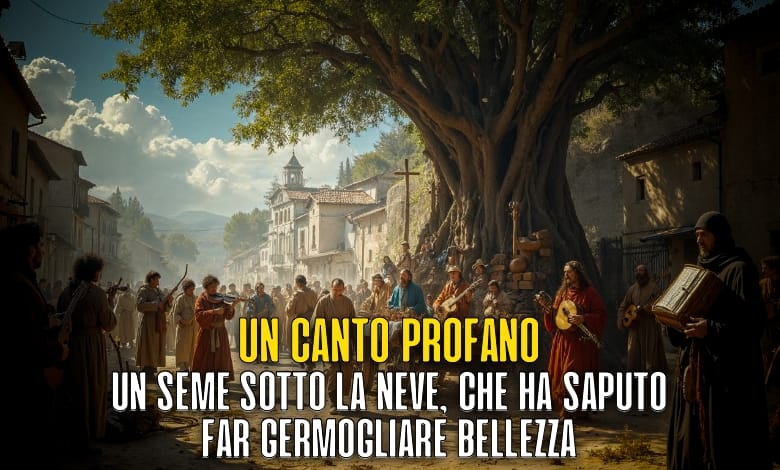Article index
Rebetiko, also known as the Greek blues, is a form of traditional music that has its roots in the Greek cities and in the musical soul of the Ere.
This genre has a controversial and fascinating story, which has seen its statement despite the difficulties and criticisms.
The variety of styles present in this music is an intertwining of emotions that merge into the melody. Despite the challenges of time, Rebetiko remains a Greek musical heritage that resists and continues to inspire fans from all over the world.
The roots of the Rebetic: from Greek cities to the Hellenic music scene
The roots of Rebetiko have in the ancient Greek cities and in the Hellenic music scene. This musical genre, born at the end of the nineteenth century, originated mainly in the port areas of Smirne and Pireo, where different cultures mixed and influenced each other.
Its diffusion was favored by the presence of immigrants from different parts of the eastern Mediterranean, which brought their musical traditions with them.
Initially considered a genre of popular music and often associated with urban slums, Rebetiko has gradually gained recognition as an authentic expression of Greek culture. Today it is considered a UNESCO heritage that continues to influence and inspire artists from all over the world.
The controversial history of Rebetiko
The controversial history and affirmation of Rebetiko is a fundamental chapter in the evolution of Greek music. Born in Greek cities during the period of Ottoman employment, Rebetiko as previously written was initially associated with urban slums and the most disadvantaged social classes.
His music, characterized by intense rhythms and melancholy texts, reflected the struggles and suffering of a company in transition.
However, the genre faced many criticisms and censorship by the religious and political authorities of the time, which considered it immoral and decadent. Despite these adversities, Rebetiko has gradually gained popularity and has established itself as an authentic and powerful art form.
Today, despite the challenges of time, the Rebetic continues to live thanks to the commitment of musicians and enthusiasts who preserve its cultural inheritance and transmit it to future generations.
The variety of styles in the Rebetic
Rebetiko is a musical genre that offers a wide range of styles, each of which brings with it a rich range of unique emotions and atmospheres.
From the frenetic and lively rhythms of SMYRNNIKO Songs, to the melancholy and poignant melodies of the Rebetiko of old Athens, Rebetika music manages to capture the soul in all its complexity.
Songs can express joy, sadness, love, anger and even social protest. Each interpreter adds its own personal touch to music, further enriching the variety of styles in the Rebetic.
Some artists focus on tradition and play the songs faithful to their original, while others experience with new arrangements and contemporary musical influences.
In any case, Rebetiko continues to excite and involve the public with its emotional depth and its ability to tell lives of life lived.
Main styles are: SMYRNORNIKO , Hijaz, Hijazkiar, Piréotikos, Rast, Huzam, Nihavent, Seghiah, Usak, Sabah.
In conclusion, preserving and further enhancing Rebetiko for future generations is an important task that requires the commitment of all of us. We must continue to support its diffusion, promote musical education and encourage young talents to explore this unique musical genre.
So in my opinion Rebetiko deserves to be celebrated and appreciated as an integral part of Greek culture and as a musical art that has the power to connect and inspire us.
Read also the article: the value of attention divided into your singing path








